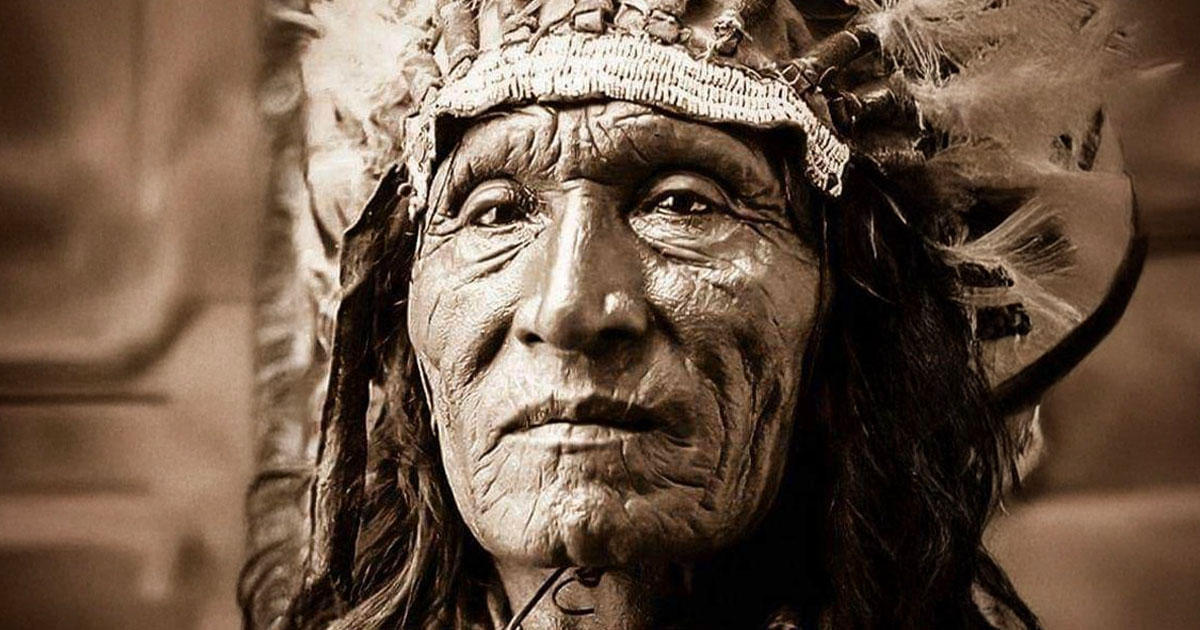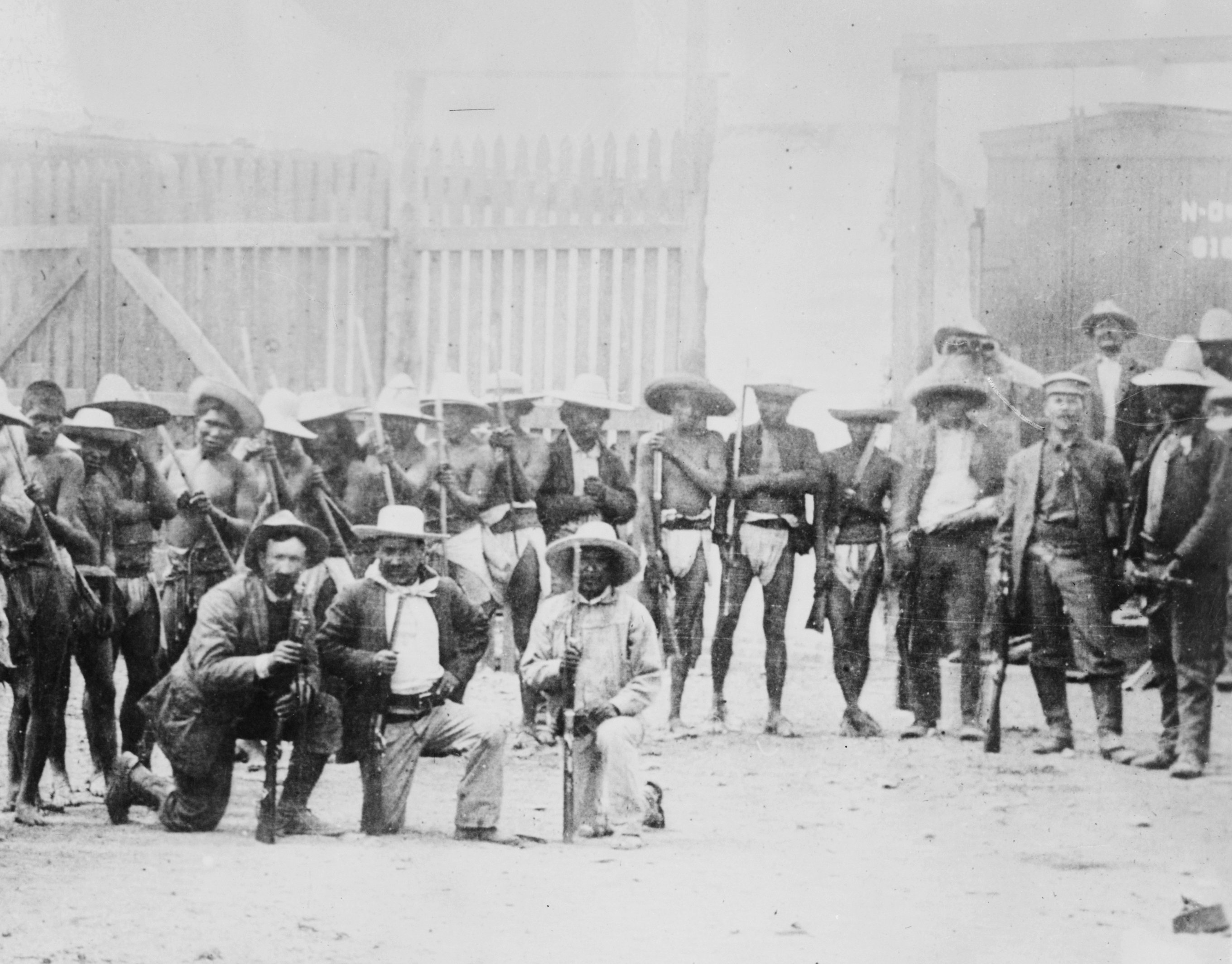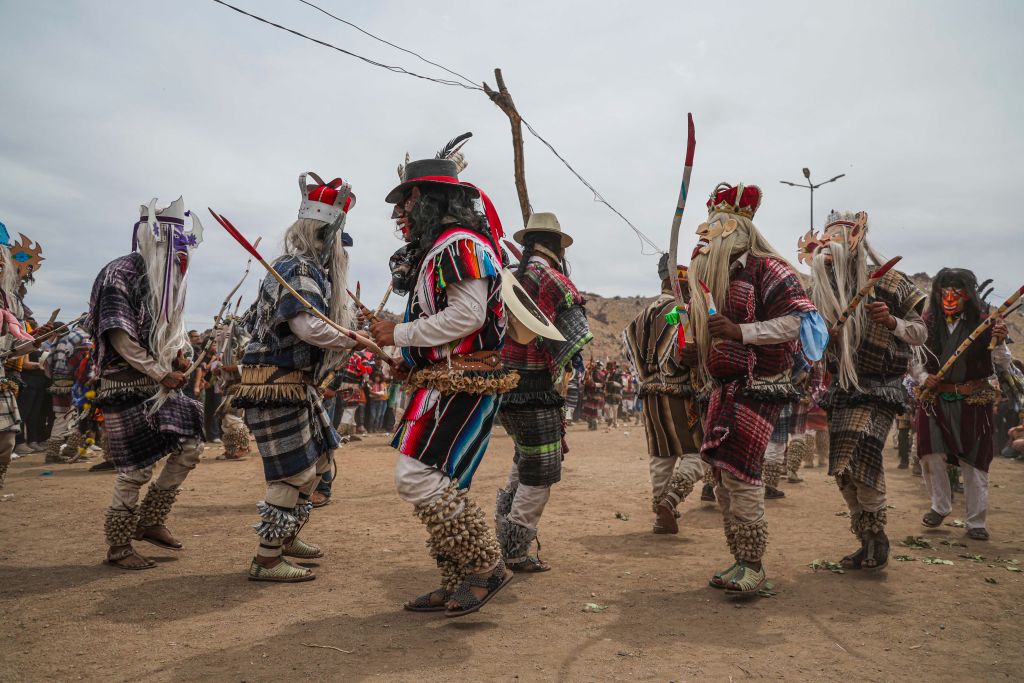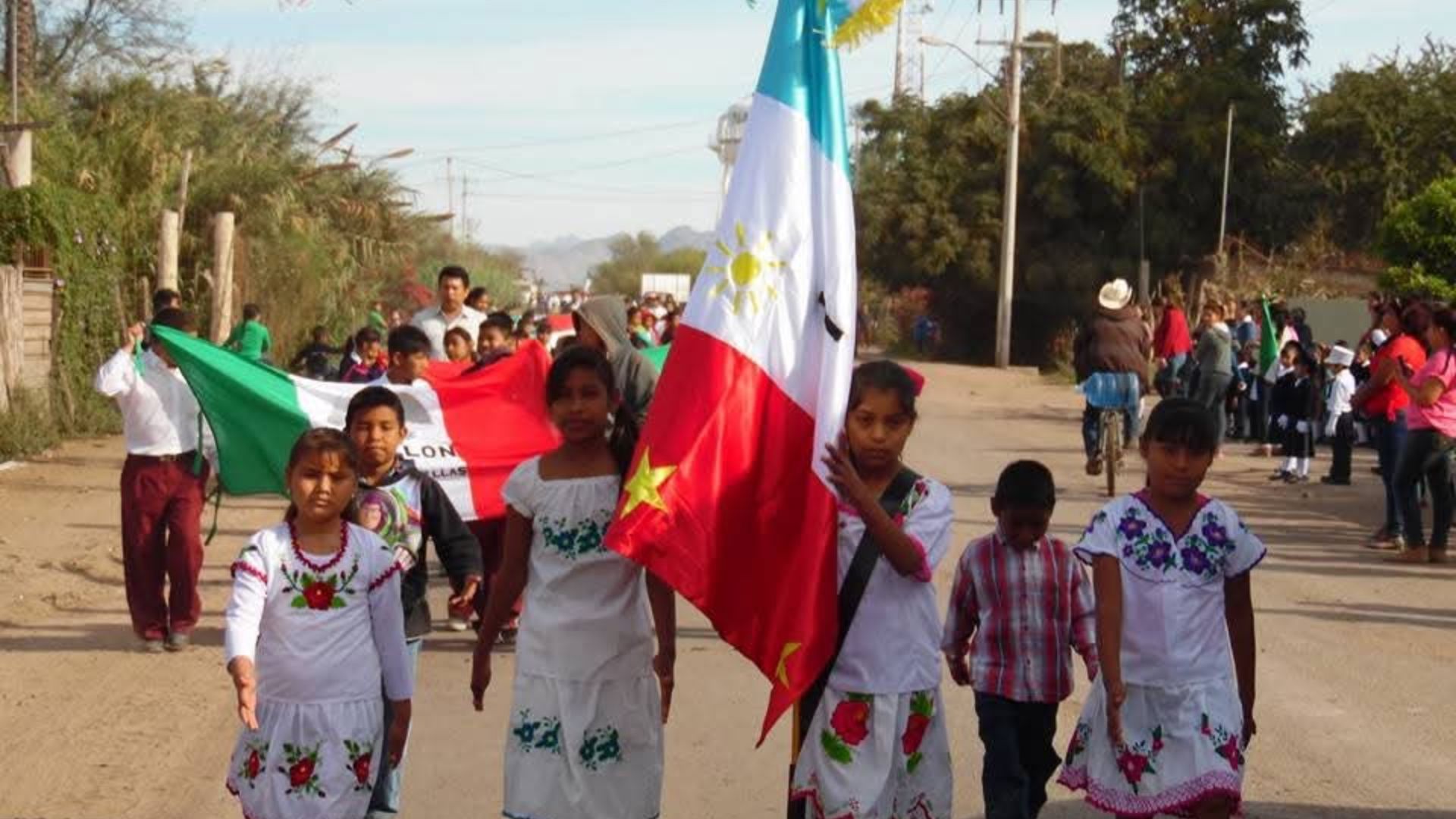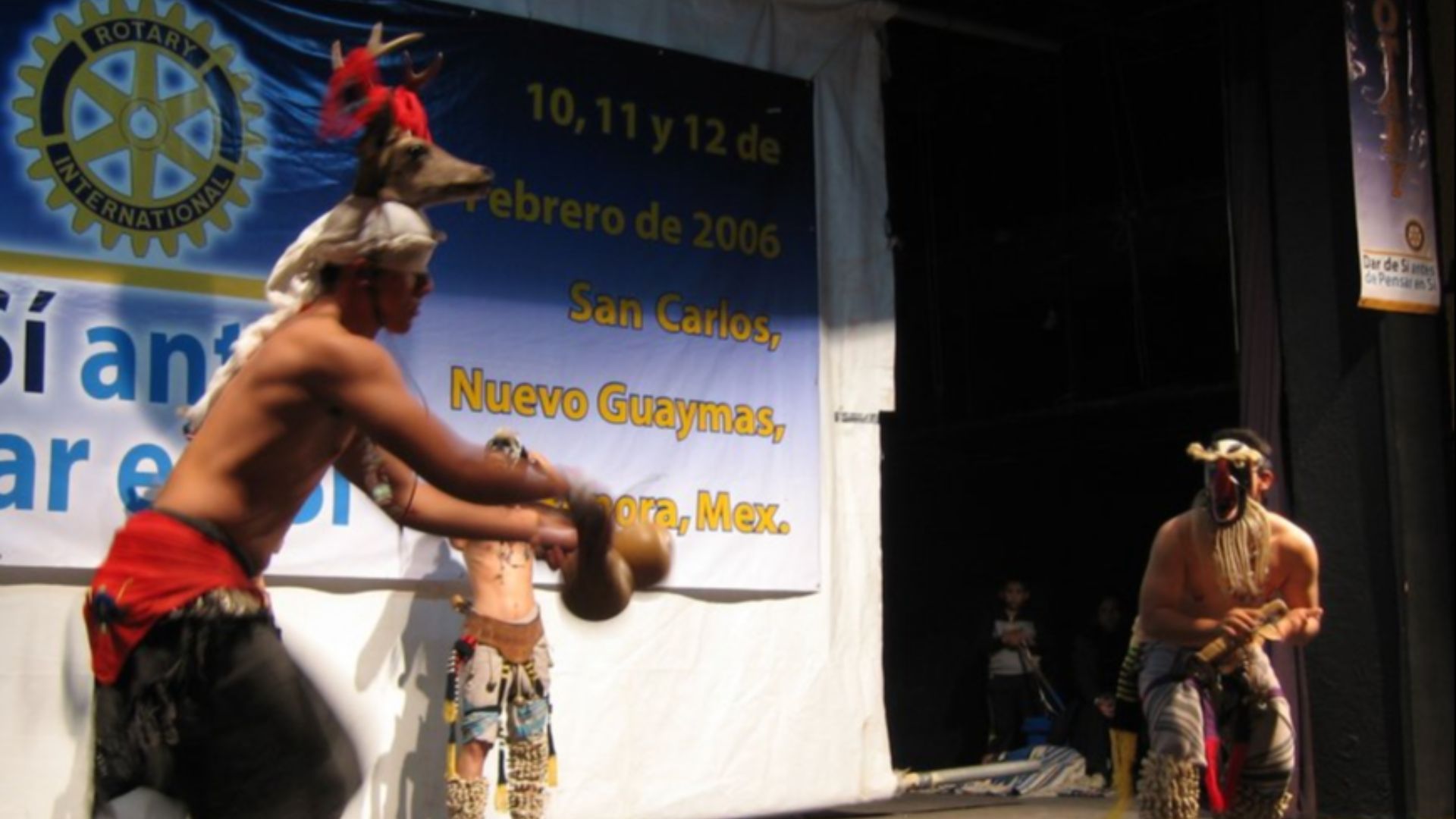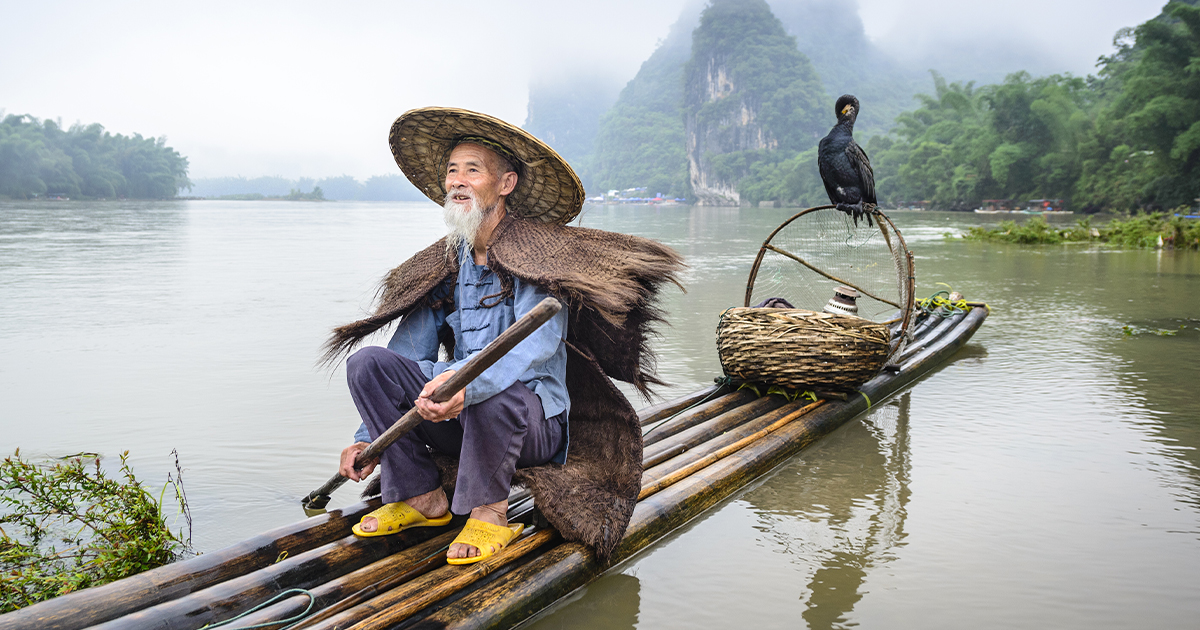Meet The Tribe That Never Gave In
The Yaqui people are known as one of the most unbreakable tribes in the Americas. They are one of the only Native American groups that never officially gave in to Spanish conquerors, the Mexican government, or the United States—a rare, unmatched legacy of resistance.
But even though they got their land back, it didn’t mean total victory. By the early 1900s, many Yaqui were captured and forced into brutal slave labor. And the horror didn’t stop there. Yaqui women were forced to marry Chinese men—and the reason why is utterly disturbing.
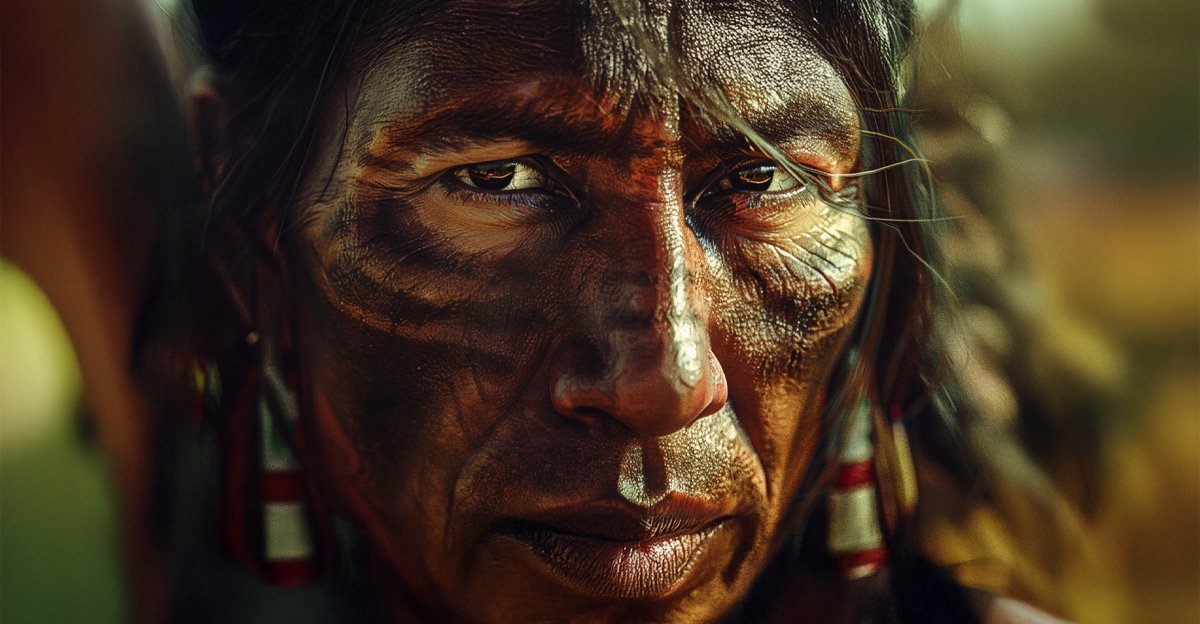
Their Sacred Homelands
The Yaqui lived along the Río Yaqui in what is now Sonora, Mexico. This lush river valley wasn’t just farmland — it was deeply spiritual. They believed the river gave life and connected them to their ancestors and the natural world. Their strong bond with this land made them fight fiercely to protect it from outsiders for generations.
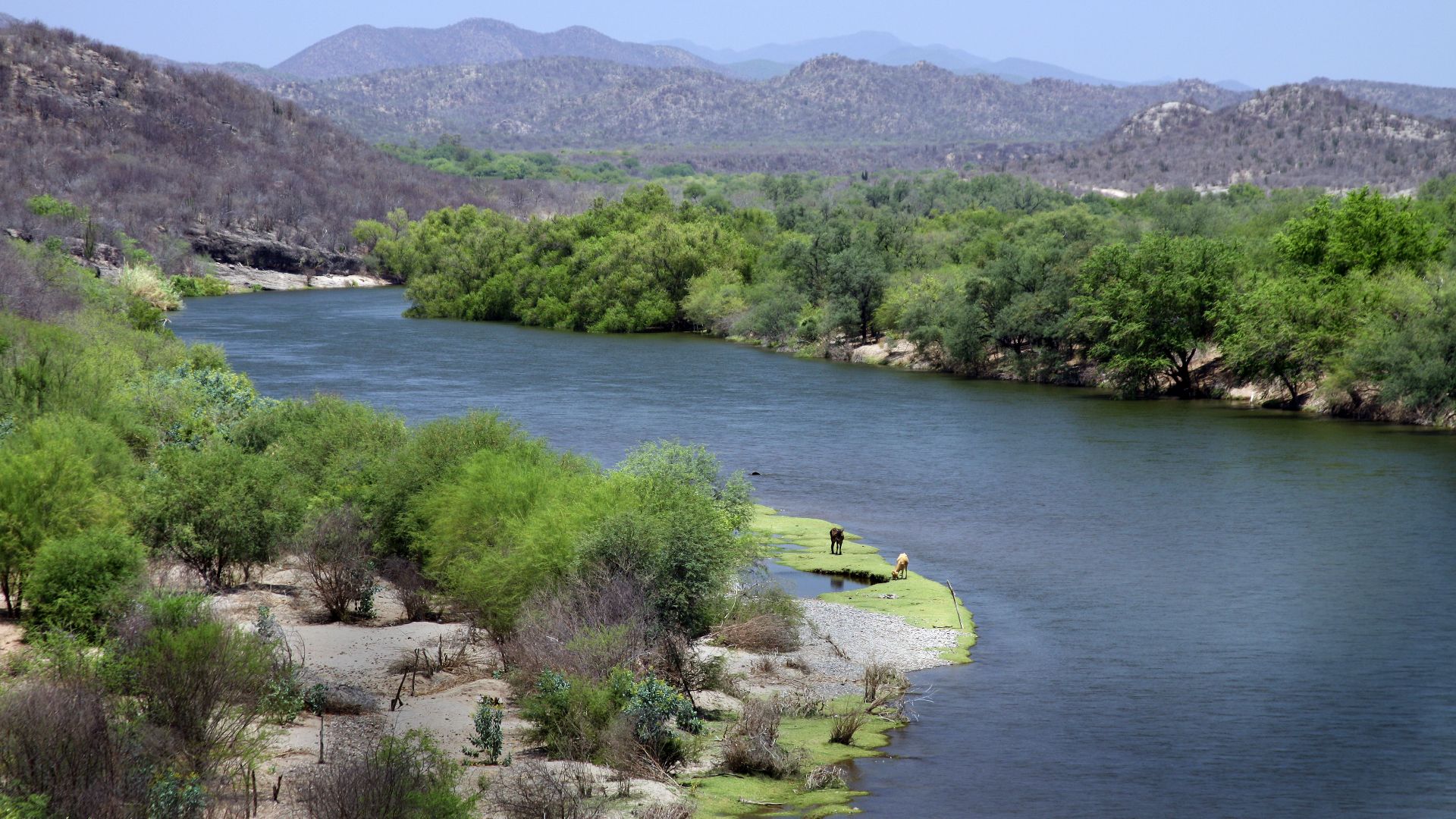 Tomas Castelazo, Wikimedia Commons
Tomas Castelazo, Wikimedia Commons
Rich Land That Fed Both Body and Spirit
Thanks to the river, the Yaqui grew corn, beans, squash, and other crops, and they fished and hunted for extra food. Their agricultural skills made them nearly self-sufficient. Spanish colonizers saw this wealth and wanted it for themselves, but the Yaqui refused to give up their fertile lands, no matter how hard they were pressured or attacked.
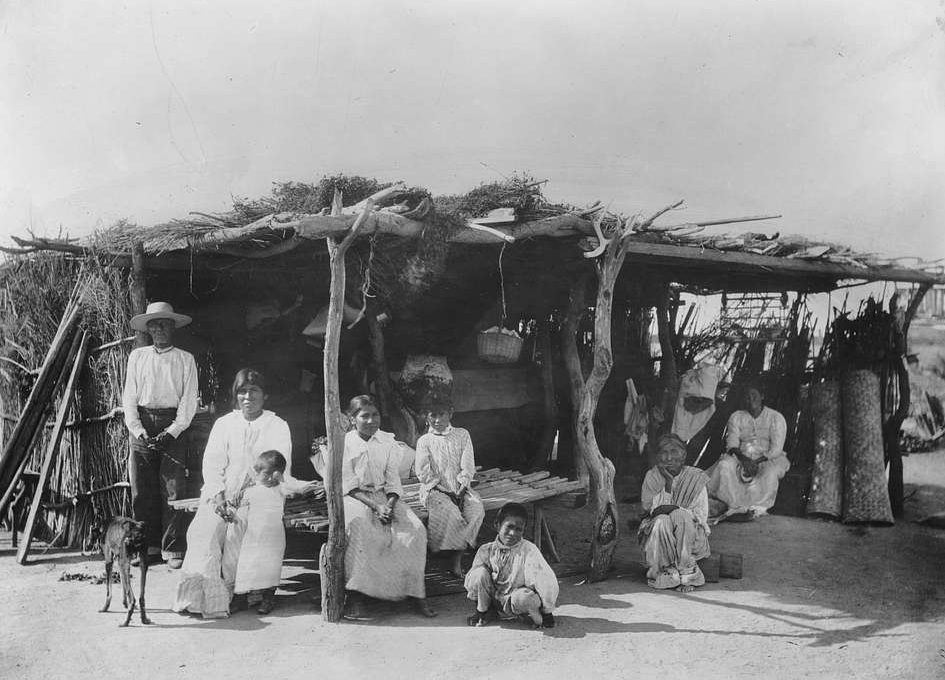 California Historical Society, Picryl
California Historical Society, Picryl
Strong Villages and Even Stronger Bonds
The Yaqui lived in small villages called pueblos. These villages had councils and leaders chosen for their wisdom and bravery, not just family ties. Everyone had a role: elders guided decisions, warriors defended the people, and farmers fed the community. Their unity made them nearly impossible to conquer early on—a skill they would heavily depend on later.
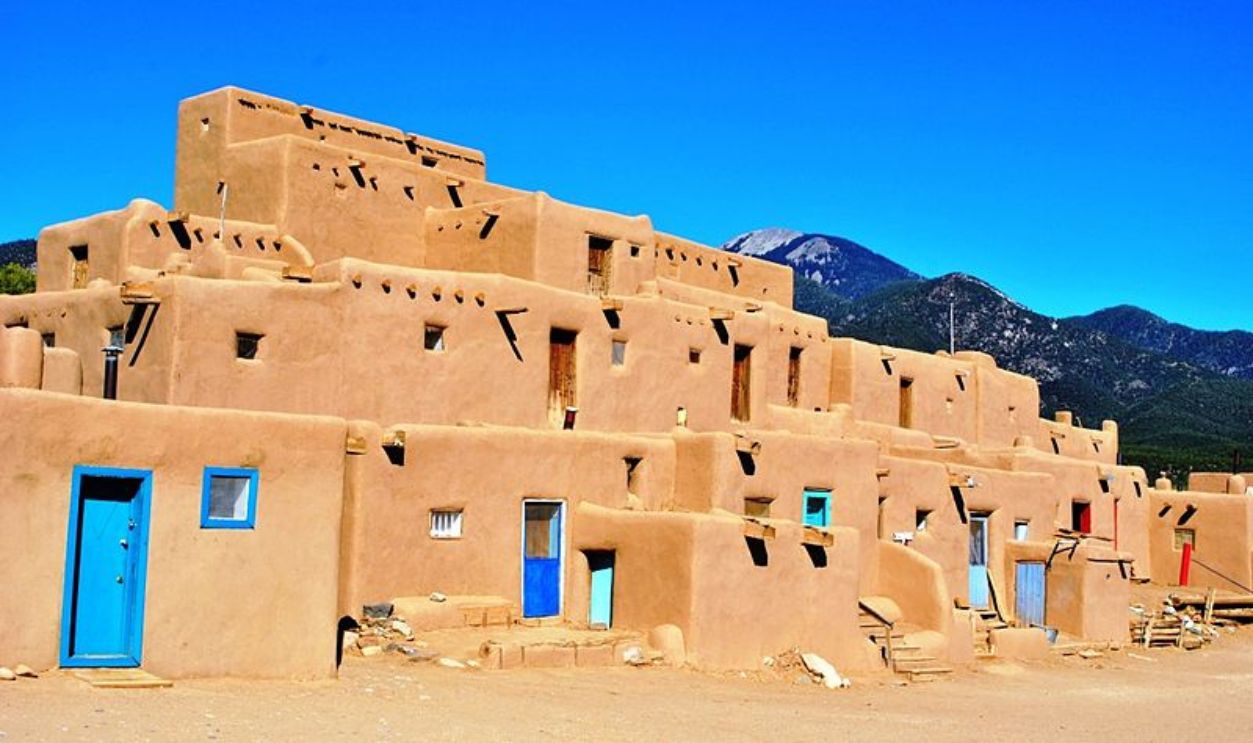 Elisa.rolle, CC BY-SA 3.0, Wikimedia Commons
Elisa.rolle, CC BY-SA 3.0, Wikimedia Commons
Spirituality: The Heartbeat of Yaqui Life
The Yaqui believed every part of nature had a spirit, and their ceremonies honored these connections. The famous Deer Dance celebrated life, balance, and respect for nature. These ceremonies were their strength in times of hardship.
The Yaqui were completely self-sustained and had a harmonious relationship with nature—that is, until an unwelcome visitor showed up.
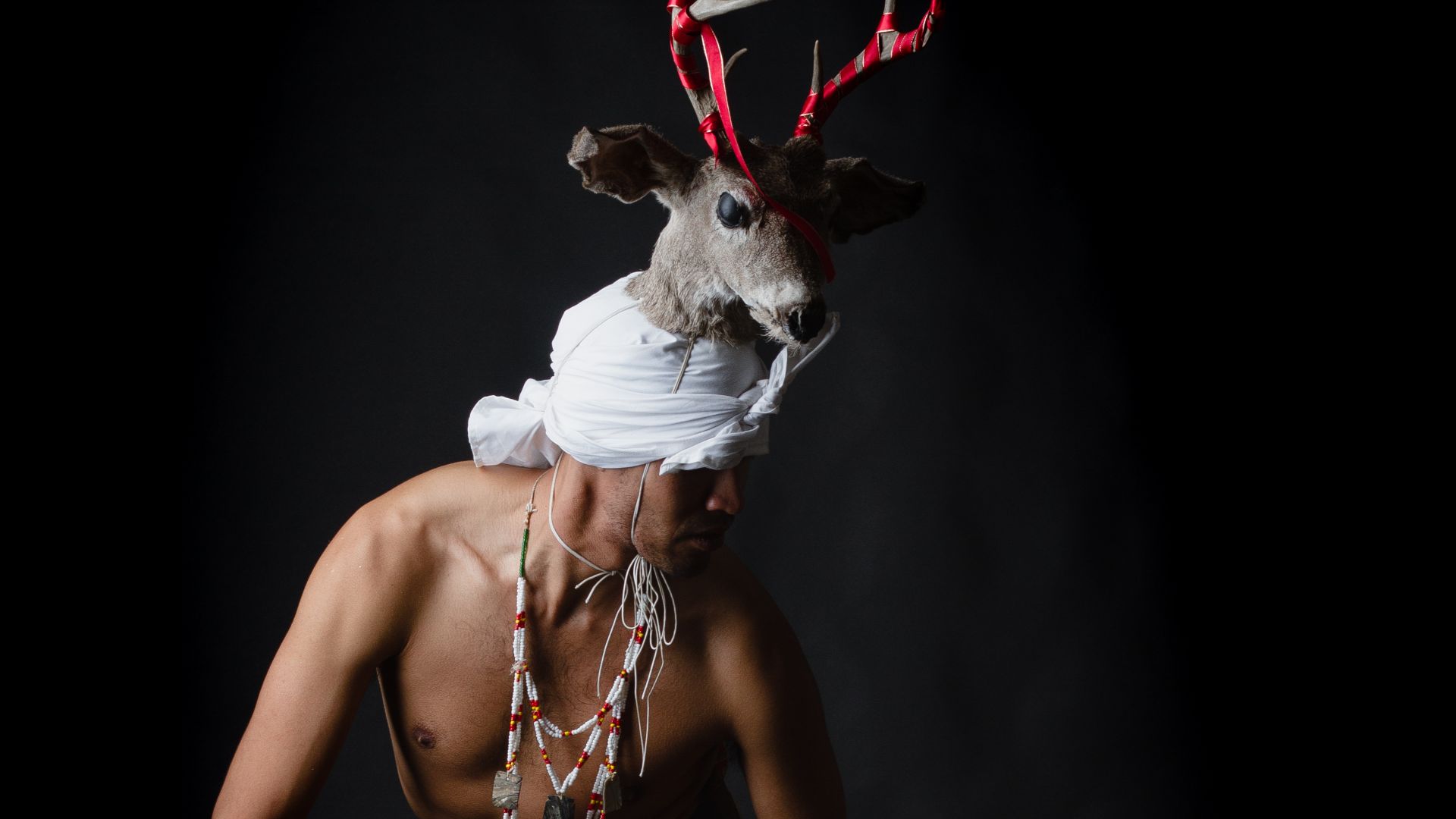 Alejandro Yanes, Wikimedia Commons
Alejandro Yanes, Wikimedia Commons
The Calm Before the Storm
In 1533, the Yaqui found themselves facing a strange new threat: a group of Spanish outsiders led by Captain Diego de Guzmán. He came from settlements to the south, searching for new land to claim. The Yaqui, known for their fierce defense but not for picking fights, quickly gathered a strong group of warriors and went to meet these newcomers face-to-face.
 Unknown authorUnknown author, Wikimedia Commons
Unknown authorUnknown author, Wikimedia Commons
A Deadly Misunderstanding
At first, the Yaqui believed this might be a simple misunderstanding. They thought maybe the Spaniards didn’t realize they were on Yaqui territory, and a quick talk would send them on their way. Sadly, they were wrong.
The Yaqui leader at the time simply walked up to his opposing leader, drew a line in the dirt and told the Spanish not to cross it—but nothing could prepare him for what happened next.
 California Historical Society, Picryl
California Historical Society, Picryl
Disrespect and a Dangerous Demand
When the Yaqui showed the Spaniards their hand-drawn boundary, the Spaniards laughed and mocked them, joking about the line in the sand. Then, as if that wasn’t insulting enough, they boldly asked the Yaqui for food. The Yaqui refused, furious at the disrespect. In response, the Spaniards escalated things immediately, turning a tense encounter into open violence—sparking a violent clash that marked the beginning of centuries of conflict and betrayal.
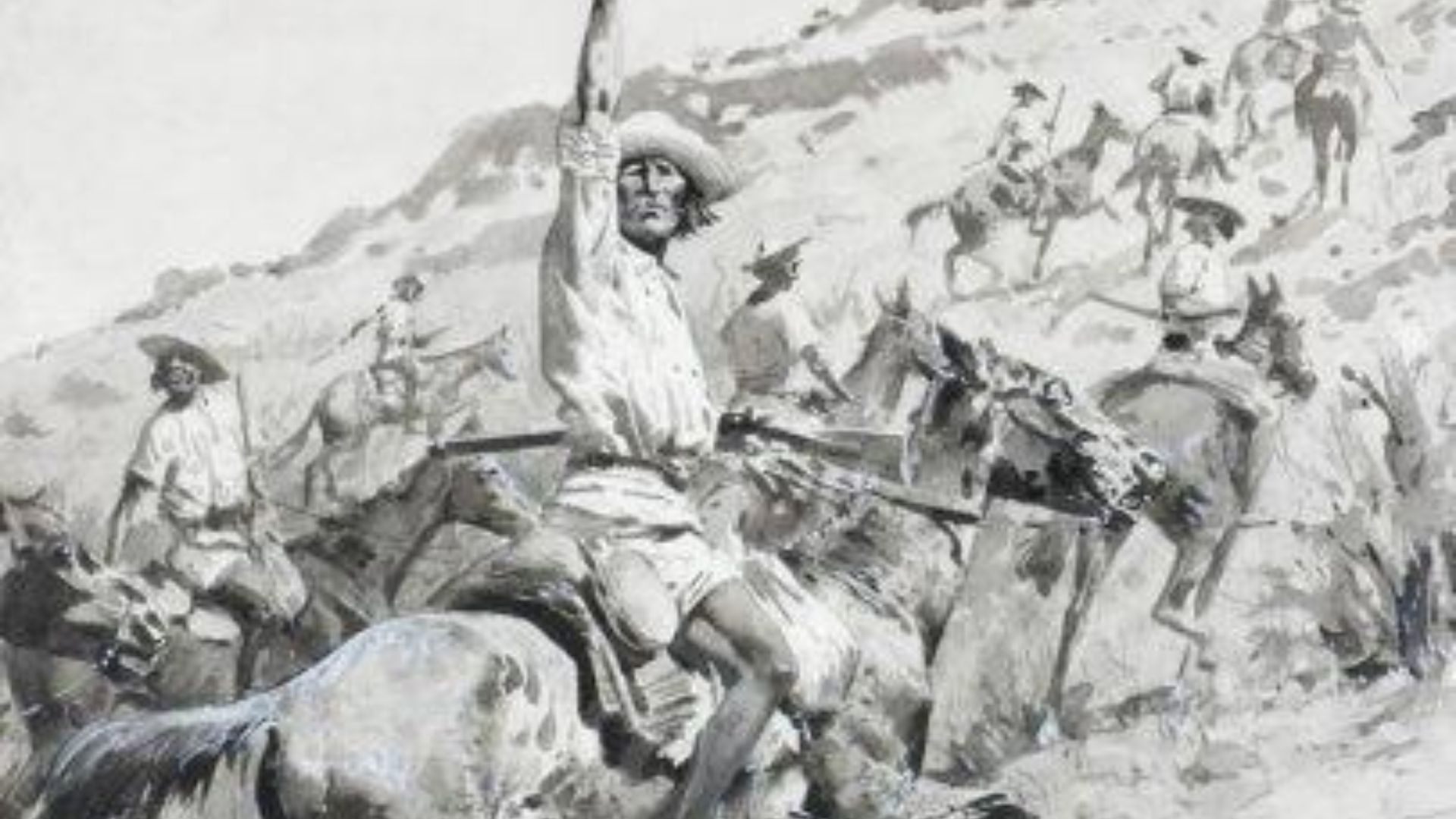 Frederic Remington, Wikimedia Commons
Frederic Remington, Wikimedia Commons
The First of Many
Within minutes, both groups suited up, and a bloody battle ensued. The Spanish ended up retreating, but still managed to claim victory somehow. The Yaqui suddenly lost a chunk of their land—and gained a new enemy. Thus, began the 40-year struggle for the Yaqui to protect their lands and their culture.
This may have been the Yaqui’s first experience with the Spanish, but it wouldn’t be their last. And it wasn't the only newcomer they met either.
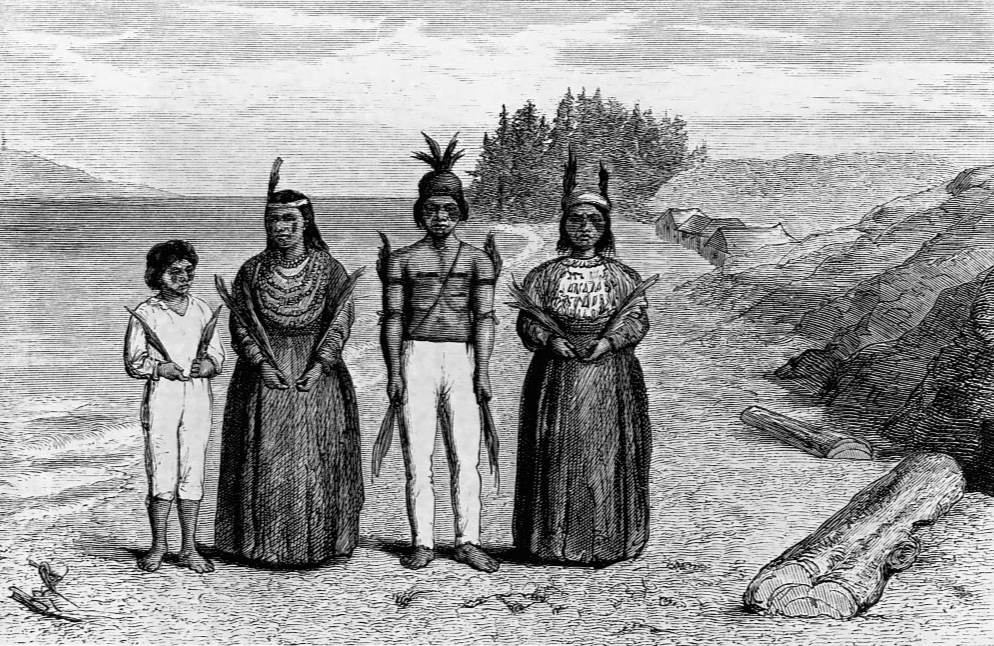 Library of Congress, Getty Images
Library of Congress, Getty Images
The Jesuit Rule and Shifting Control
In the early 1600s, Jesuit missionaries arrived. At first, they helped the Yaqui fend off other tribes and even some Spanish colonists. But under Jesuit rule, the Yaqui lost much of their independence and traditional way of life. Despite initial cooperation, resentment grew quickly among the people—and the outcome was brutal.
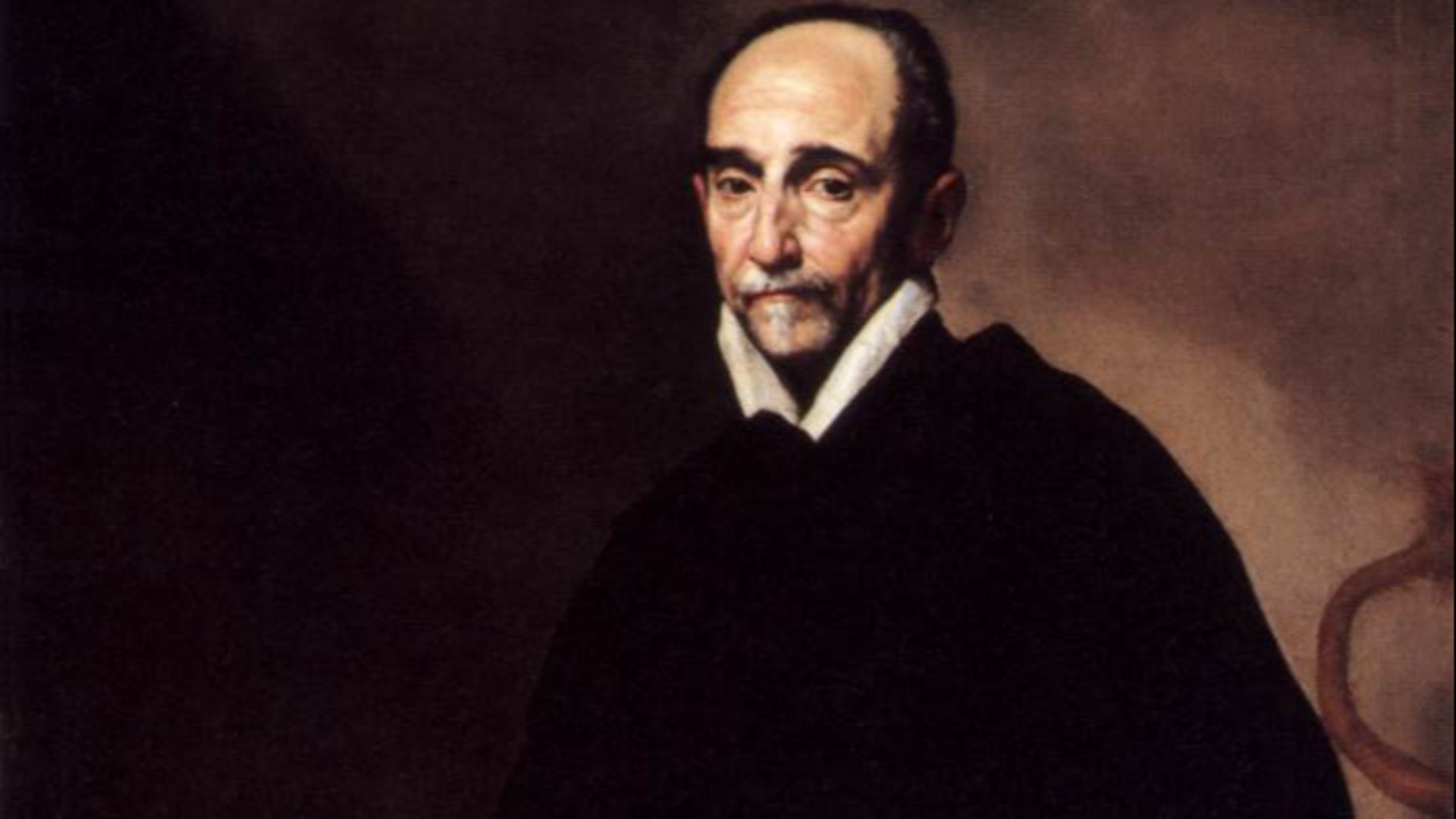 Jusepe de Ribera, Wikimedia Commons
Jusepe de Ribera, Wikimedia Commons
The 1740 Yaqui Revolt
Fed up with Jesuit control and heavy taxation, the Yaqui joined forces with neighboring tribes and launched a major revolt in 1740. The uprising showed just how far they were willing to go to defend their freedom. Though brutally suppressed, this revolt planted seeds for future resistance.
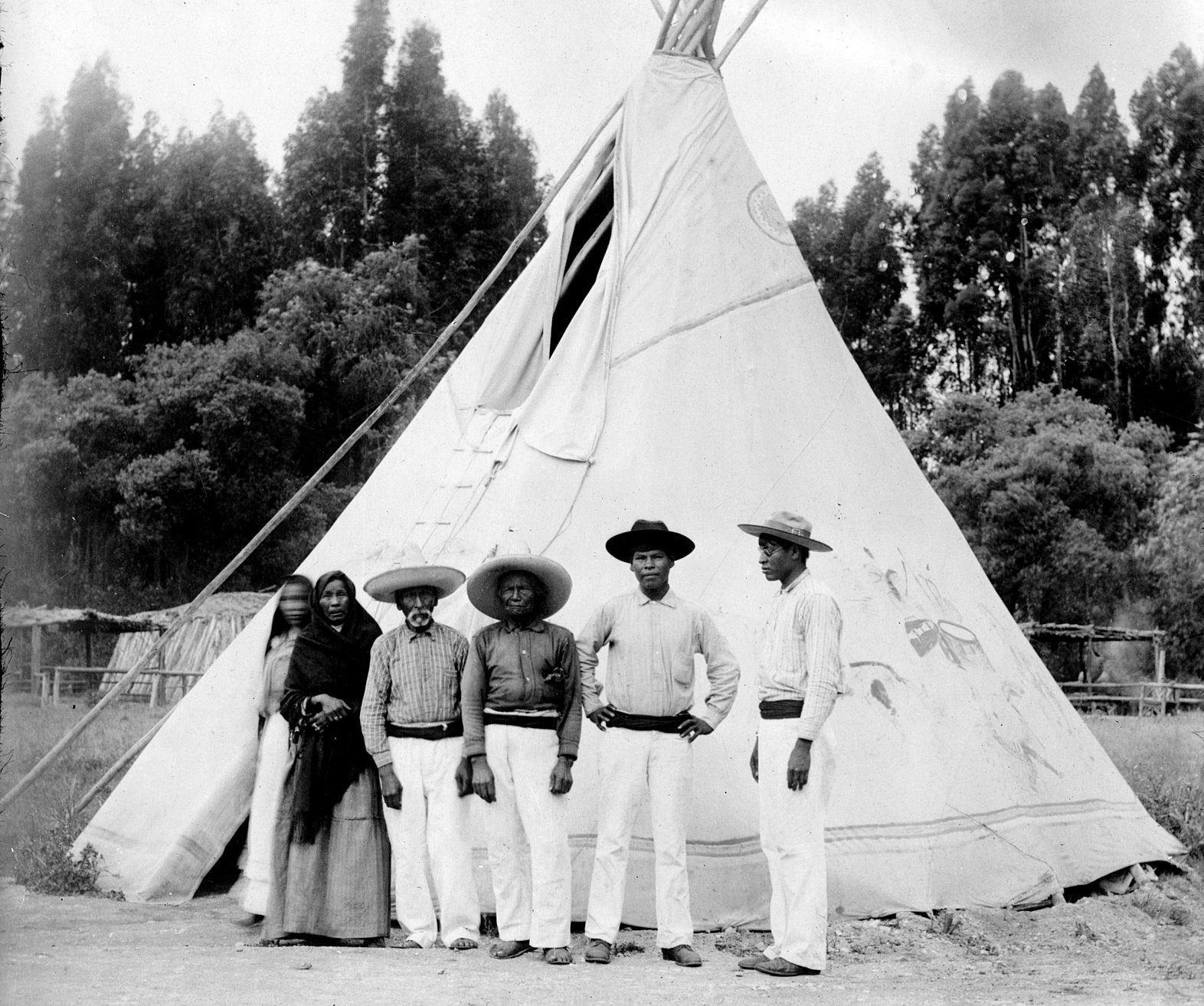 Bain News Service, Wikimedia Commons
Bain News Service, Wikimedia Commons
Hopes Crushed After Mexican Independence
When Mexico gained independence from Spain in the early 1800s, the Yaqui hoped for fair treatment. Instead, the new Mexican government seized their lands and tried to force them into labor. Their betrayal pushed the Yaqui into even more desperate fights for survival.
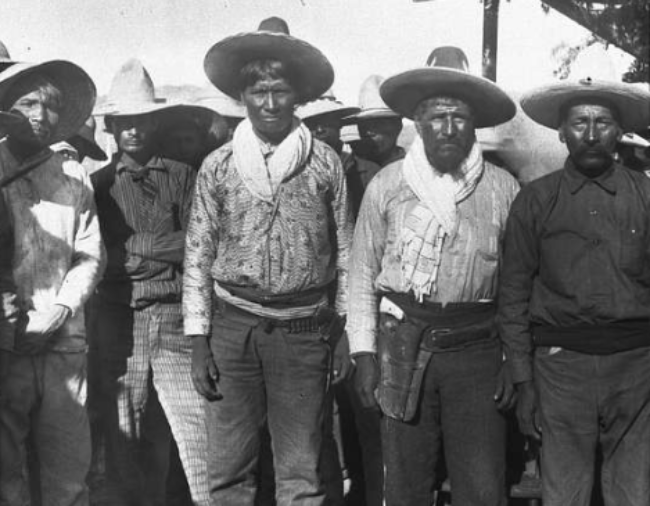 California Historical Society, Picryl
California Historical Society, Picryl
Defending Their Sacred Río Yaqui
Throughout the 19th century, the Mexican government launched repeated attacks to take over Yaqui farmland. The Yaqui turned to guerrilla warfare, using the river and forests to surprise Mexican forces. Their fight became legendary, but they paid a terrible price.
Cajemé: The Warrior Leader
In the 1880s, Cajemé emerged as a fearless leader who united the Yaqui and organized a strong defense. He built fortified villages and led daring raids. Even after his capture and execution in 1887, Cajemé’s spirit kept inspiring the Yaqui to resist against all odds.
Then, in 1876, Mexican dictator Porfirio Diaz entered the picture—and things went from bad to worse.
 Fernando Llaguno, Wikimedia Commons
Fernando Llaguno, Wikimedia Commons
The Yaqui “Trail of Tears”
Under Diaz’s rule, the Mexican government didn’t just confiscate the Yaqui land, they brutalized and harassed the Yaqui people to no end. They harassed them, stole their belongings, and set their homes on fire. They even took their best lands and gave it to their own leaders to live on. Thousands of Yaqui were taken as hostages, forced to march on a death march known later as "the trail of tears" (though sadly, not the only one), and then sold as slaves to sugar cane and tobacco plantations.
Many died along the way from hunger and disease. Those who survived the walk wished they hadn’t.
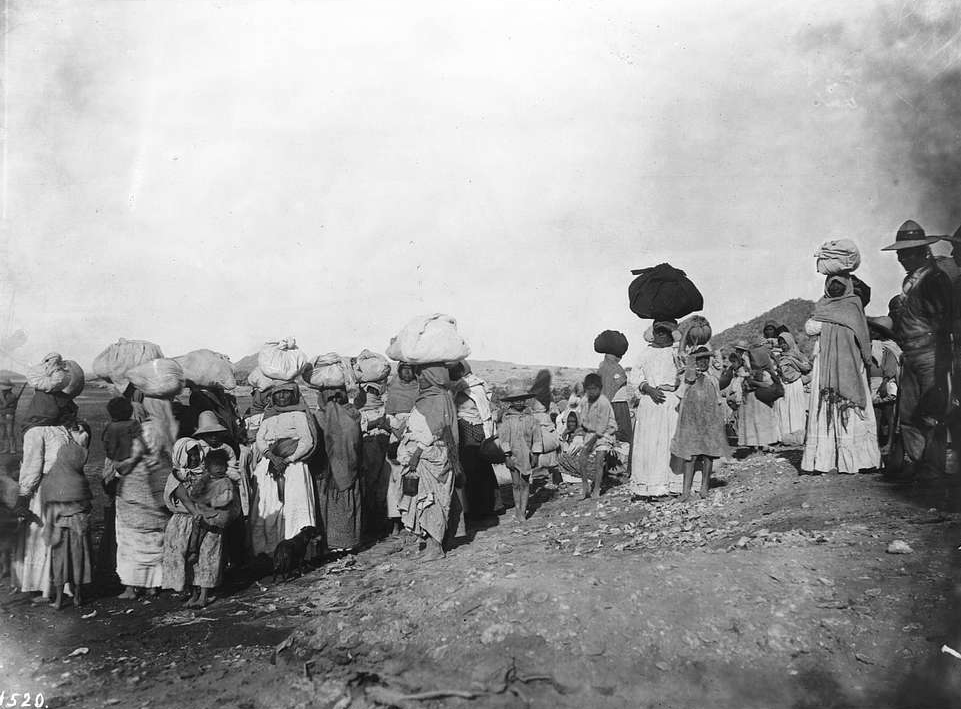 California Historical Society, Picryl
California Historical Society, Picryl
Harsh Life on Plantations
Survivors were sold into brutal slavery on sugarcane and tobacco plantations in southern Mexico. They were beaten, starved, and forced to work under scorching sun until they collapsed. Escape meant death, but some still risked it to return to the jungle and keep fighting. Unfortunately, their horrors still didn’t end there.
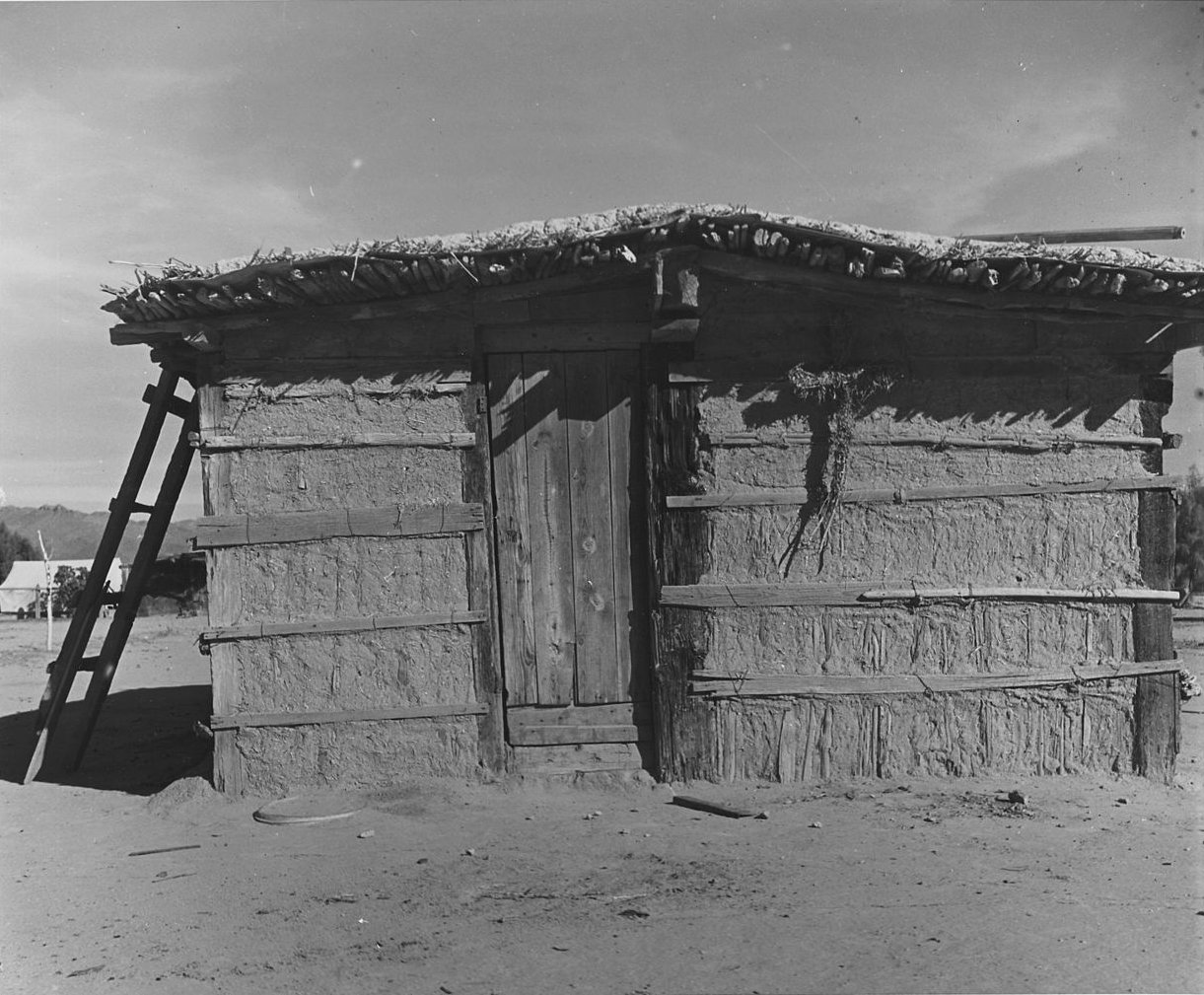 Dorothea Lange, Wikimedia Commons
Dorothea Lange, Wikimedia Commons
Concentration Camps and Broken Spirits
Those who weren’t sent to plantations were forced into concentration camps, where overcrowding, starvation, and disease were rampant. The camps were designed to break the Yaqui spirit and erase their identity completely. Most Yaqui who were sent to camps died there—with two-thirds of them dying within the first year. But the most brutal treatment of all was what happened to the Yaqui women.
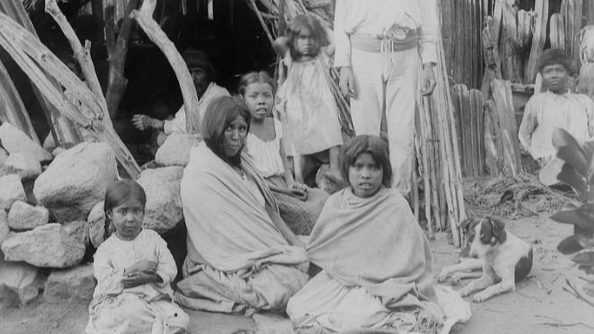 California Historical Society, Picryl
California Historical Society, Picryl
The Shocking Marriage Strategy
The Mexican government forced Yaqui women to marry Chinese men in an effort to 'thin out' the Yaqui bloodline. This cruel tactic aimed to erase Yaqui identity through forced assimilation. These women had no choice, and their children often grew up caught between two worlds. The attempt to destroy their culture only strengthened their will to survive.
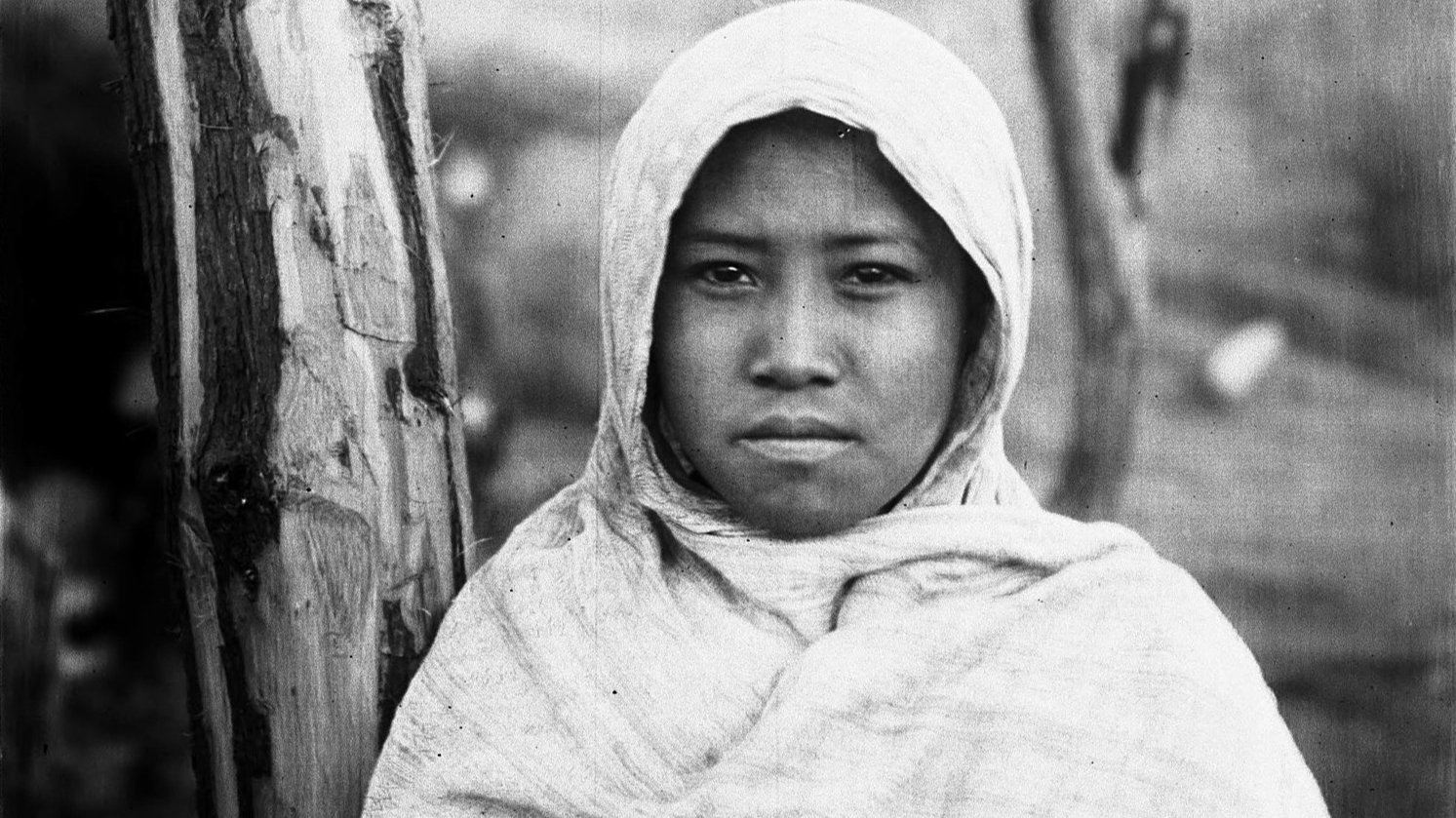 Pierce, Charles C., Wikimedia Commons
Pierce, Charles C., Wikimedia Commons
Crossing into Arizona for Safety
Many Yaqui who escaped slavery or camps fled north into Arizona. There, they formed small, tight-knit communities. Even far from home, they secretly held ceremonies and taught their language to children. Their dream of reclaiming their lands never died.
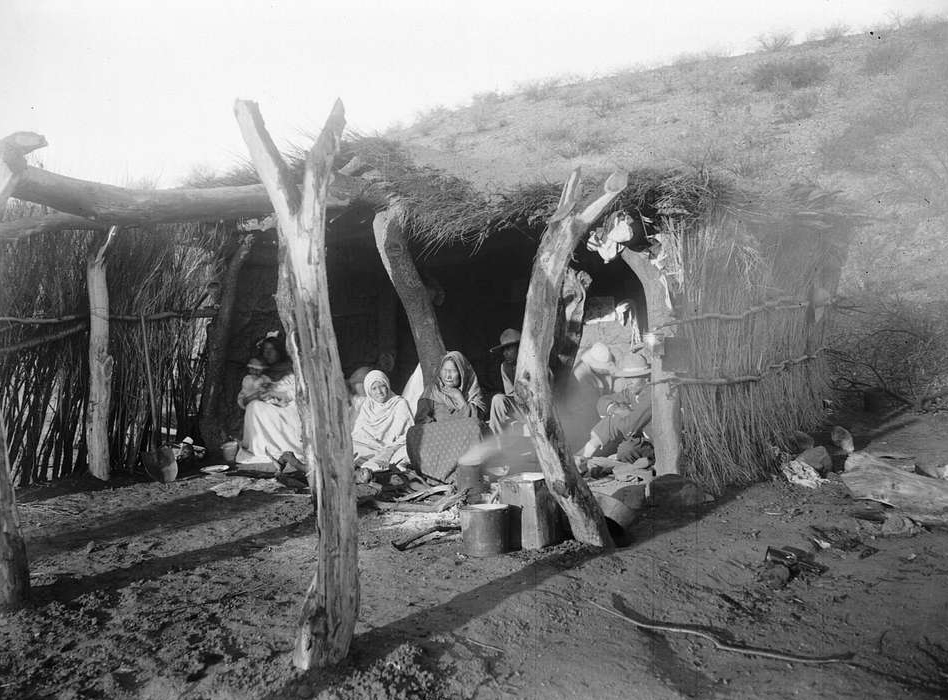 California Historical Society, Picryl
California Historical Society, Picryl
The Power of the Deer Dance
The Deer Dance became an act of spiritual rebellion and cultural survival. In each movement, they honored nature and remembered who they were. The dance was a living reminder that no matter what outsiders did, they could never fully erase the Yaqui spirit.
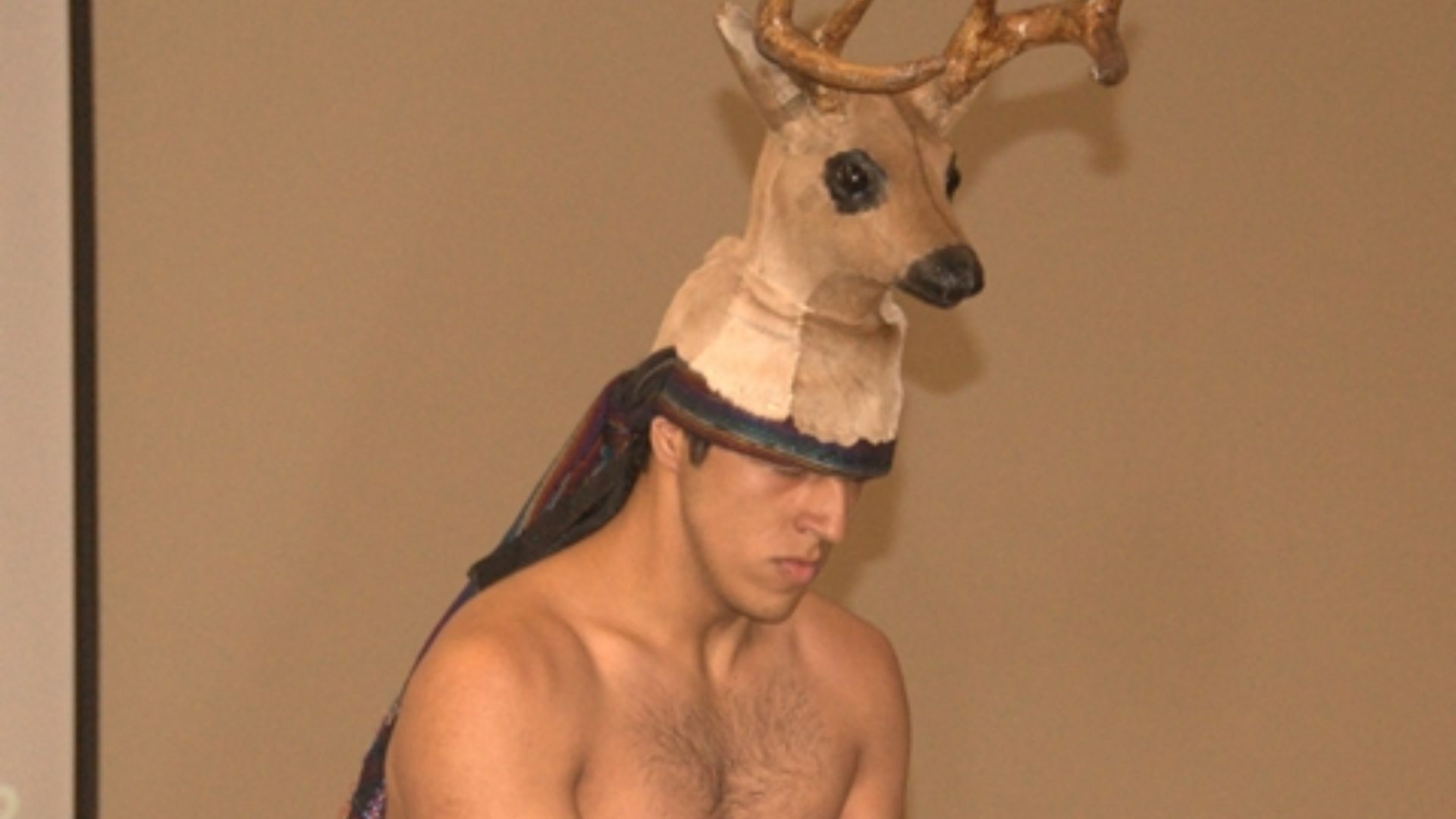 Angélica Martínez, Wikimedia Commons
Angélica Martínez, Wikimedia Commons
Music and Masked Ceremonies
Music, drumming, and intricate masks were core to Yaqui ceremonies. These traditions carried stories of creation, battles, and survival. Even when banned, they were practiced in secret. Each beat and each step was a quiet declaration: 'We are still here.'
Refusing to Sign Away Their Freedom
Unlike many other tribes, the Yaqui never signed any official peace treaties or land agreements. No matter how many times they were betrayed, they refused to give up. Their relentless courage became a source of pride and inspiration for other Indigenous peoples across the Americas.
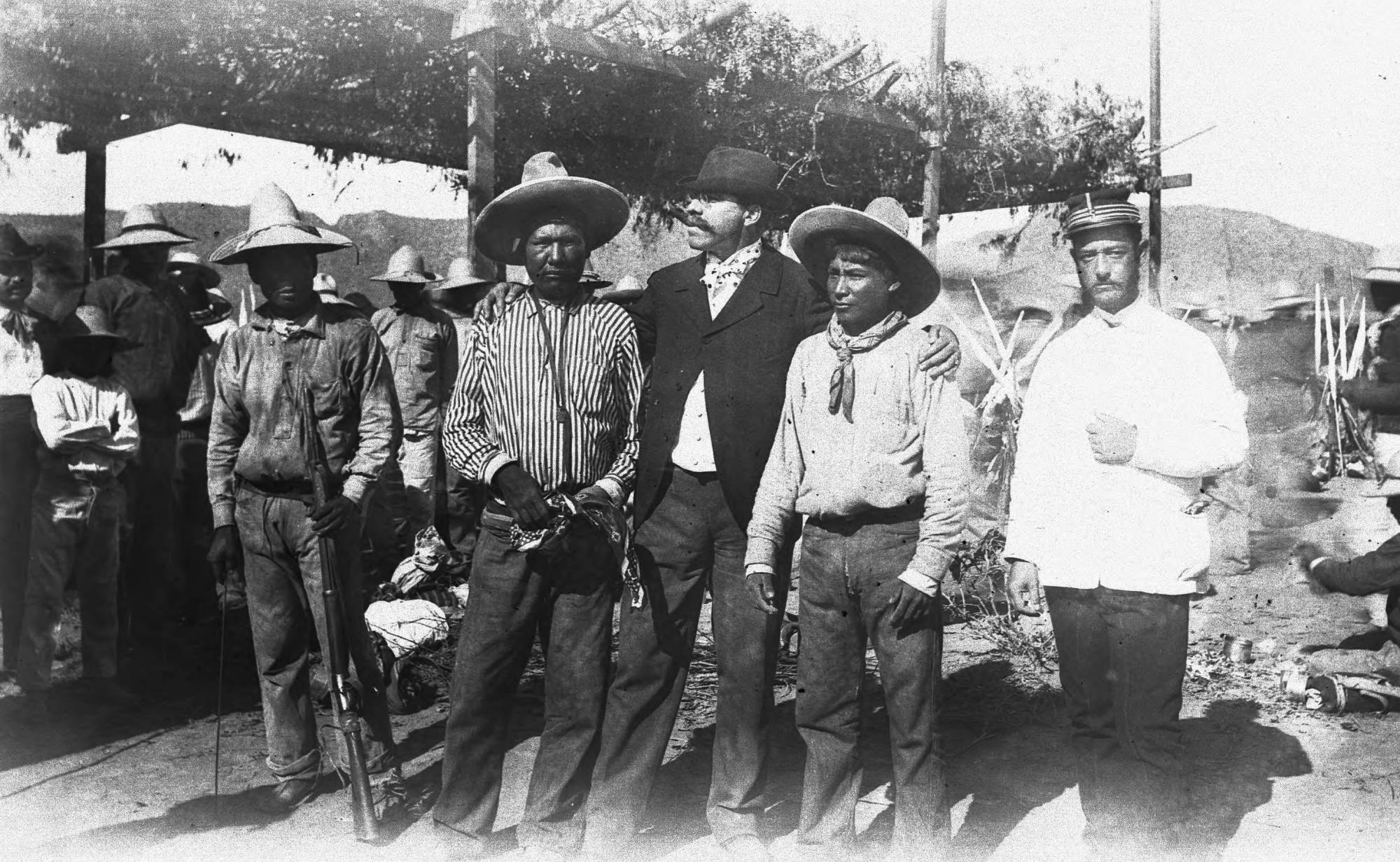 Unknown Author, Wikimedia Commons
Unknown Author, Wikimedia Commons
The Return to Sonora
In the 20th century, Yaqui groups began returning to their homeland in Sonora, rebuilding villages and reclaiming farmland. They revived old ceremonies and traditions in open defiance of the systems that tried to erase them. The fight was far from over, but each step home was a victory.
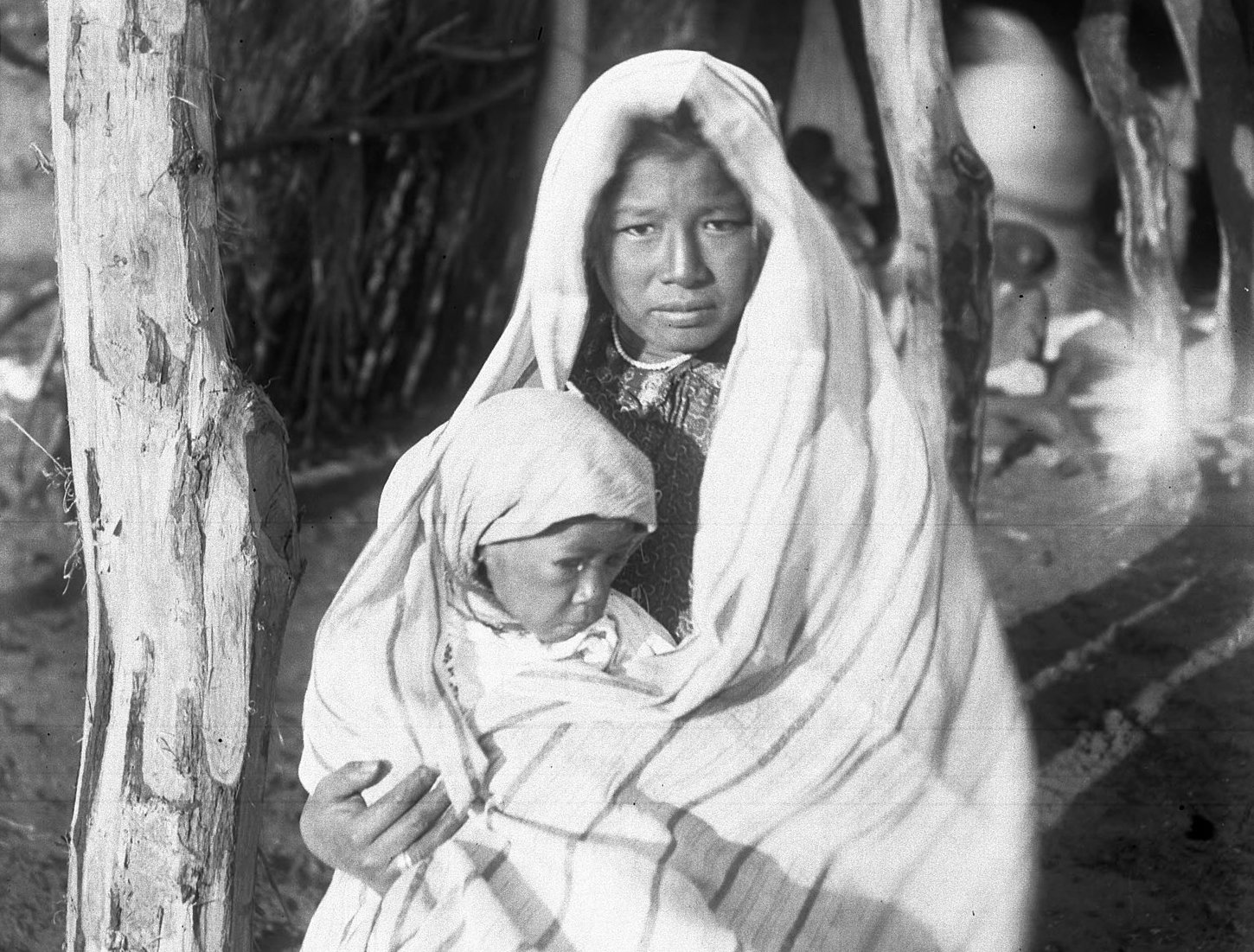 James, George Wharton, Wikimedia Commons
James, George Wharton, Wikimedia Commons
Yaqui in Arizona: New Communities, Same Spirit
In Arizona, the Yaqui settled in places like Tucson and Guadalupe. In 1978, they gained US federal recognition as the Pascua Yaqui Tribe, finally allowing them to govern themselves and protect their culture officially. It marked a powerful turning point after centuries of struggle.
 Unknown authorUnknown author, Wikimedia Commons
Unknown authorUnknown author, Wikimedia Commons
Holding Onto Their Language
Today, the Yaqui language (Yoeme) is still spoken and passed down to the next generations through schools and community programs. Each word connects young Yaqui to ancient stories and prayers, keeping their ancestors' voices alive and strong despite centuries of attempted erasure.
Modern Challenges and New Fights
Now, the Yaqui face modern challenges like environmental destruction, water rights disputes, and cultural pressures. But with a legacy of resistance behind them, they continue to defend their land and ways of life, showing the same fierce independence as their ancestors.
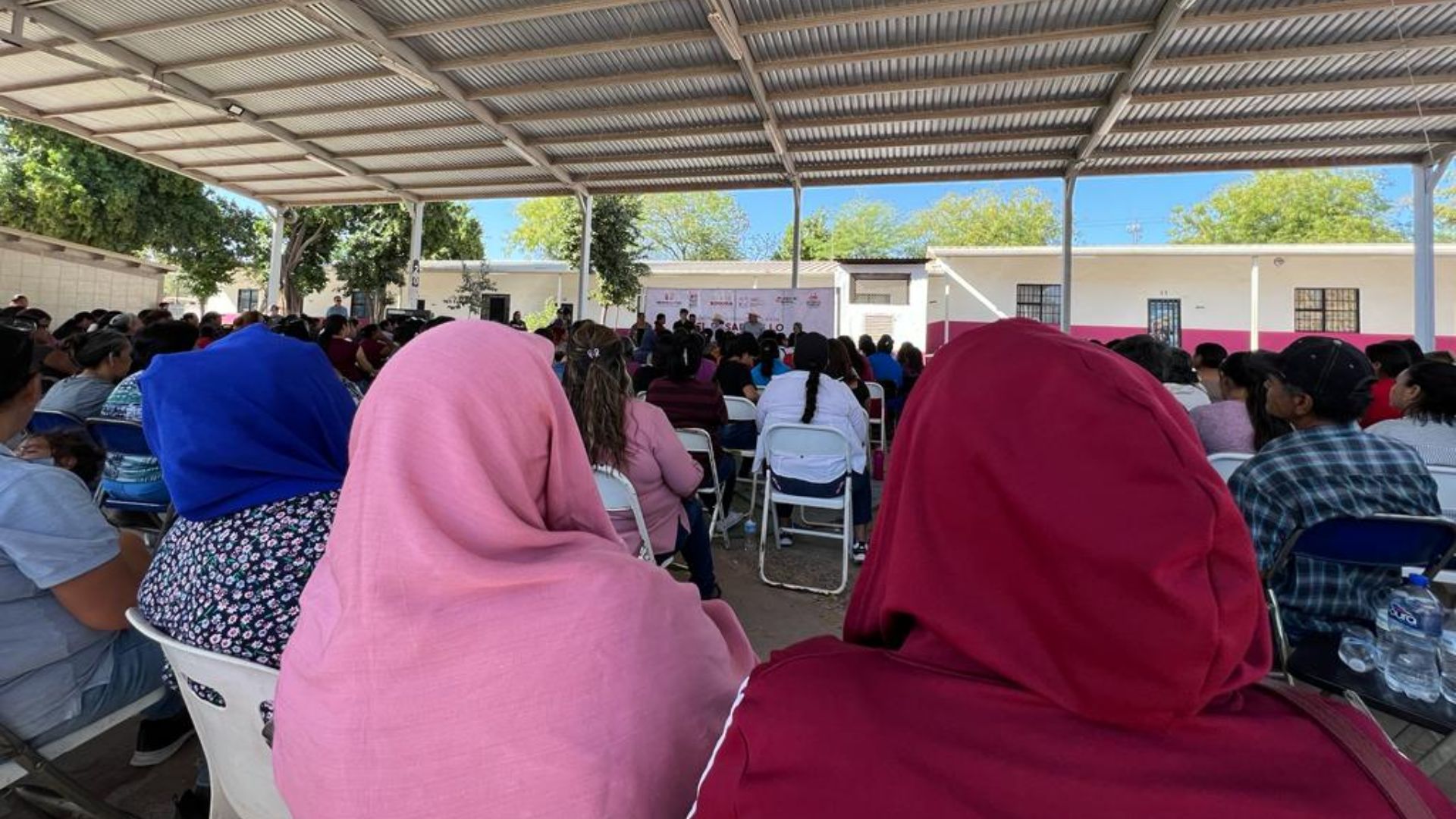 WendyAvilesR, Wikimedia Commons
WendyAvilesR, Wikimedia Commons
Celebrations That Keep the Spirit Alive
Yaqui festivals today burst with life, color, and pride. Dancers in elaborate masks move to thundering drums, elders tell old stories, and children learn the steps. These gatherings are more than celebrations—they’re living proof that the Yaqui spirit remains undefeated.
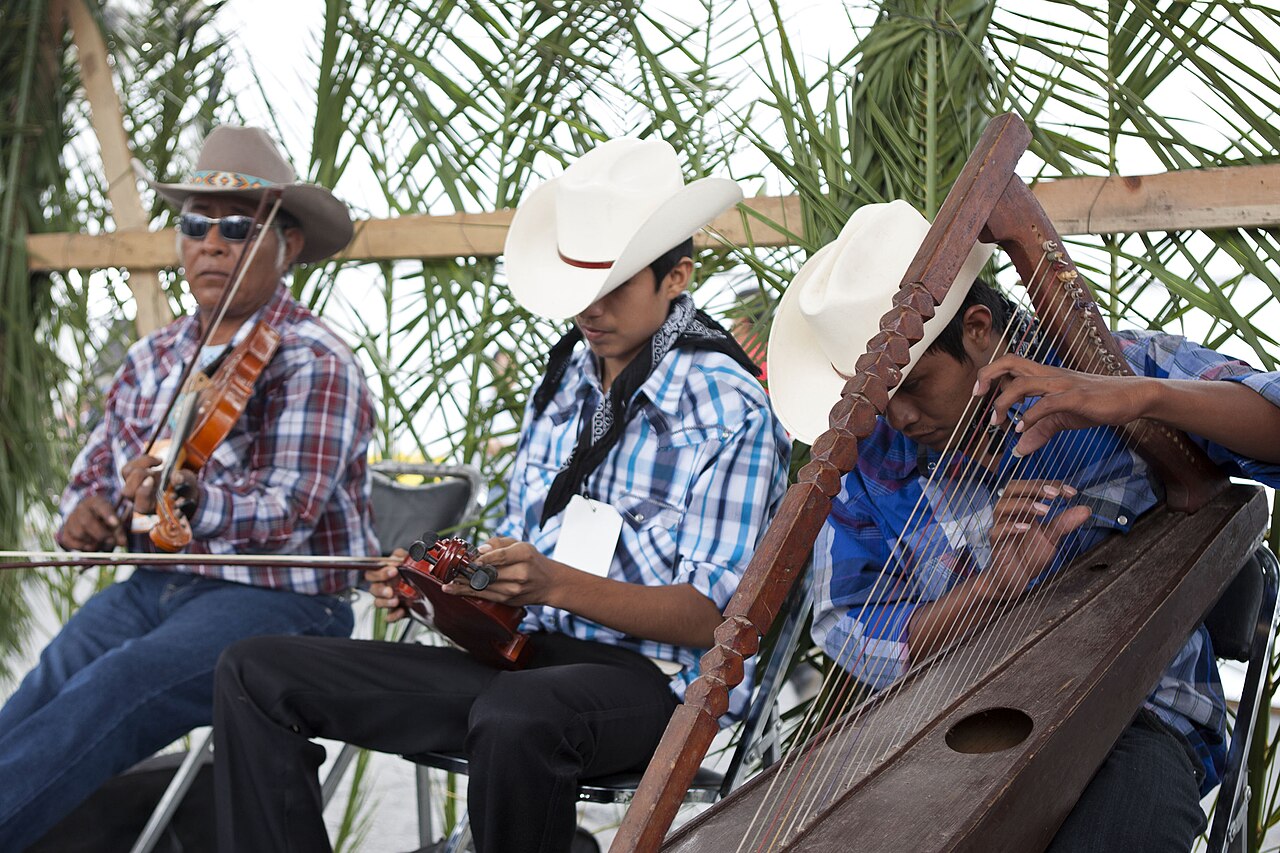 Ministry of Culture of Mexico City, CC BY-SA 2.0, Wikimedia Commons
Ministry of Culture of Mexico City, CC BY-SA 2.0, Wikimedia Commons
The Yaqui Today: Thriving and Proud
Today, Yaqui communities in Sonora and Arizona govern themselves, keep their language alive, and pass down powerful traditions like the Deer Dance. Their resilience stands as a shining symbol of resistance and survival. Against all odds, they remain proud, strong, and unyielding.
You May Also Like:
The Northern Native Tribe That Never Gave Up
Native American History They Don't Teach In School
The Lenape: The Native Tribe That Tipped The Balance of The Revolutionary War

